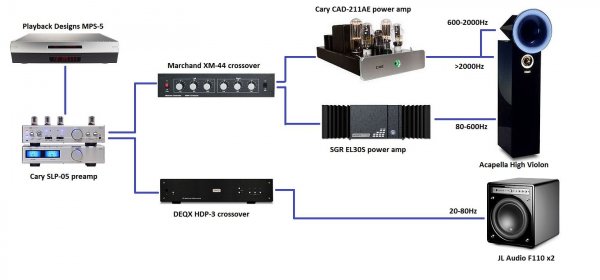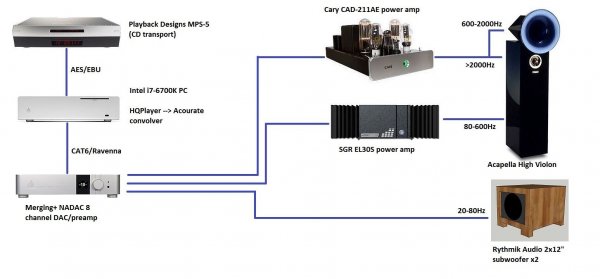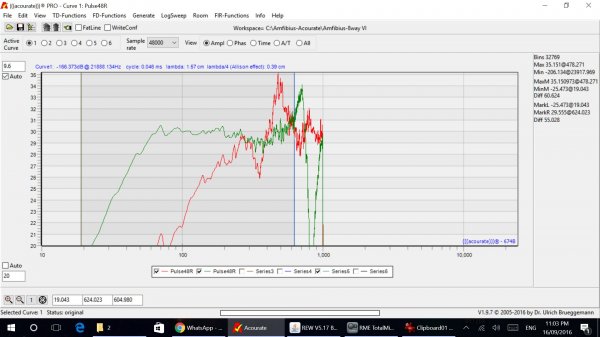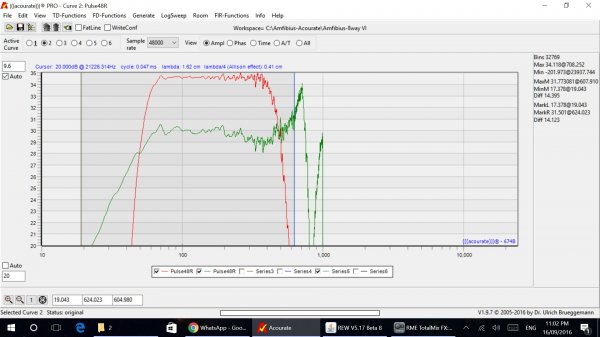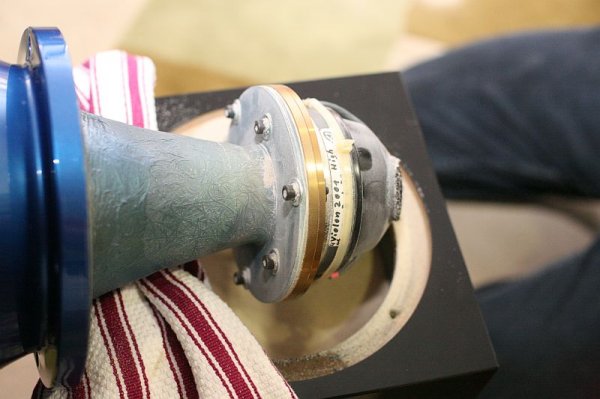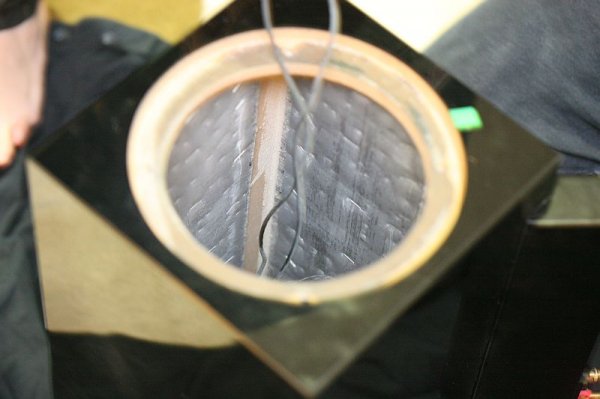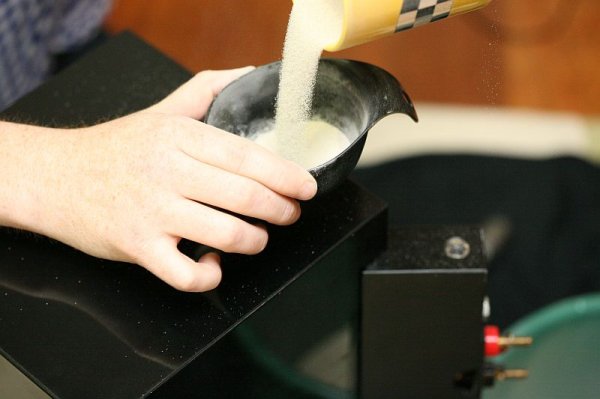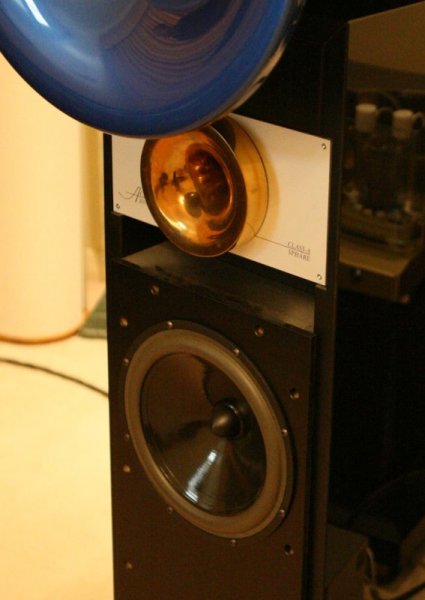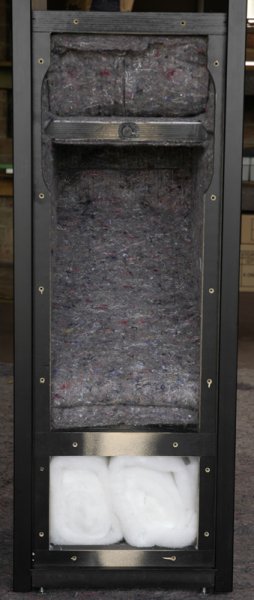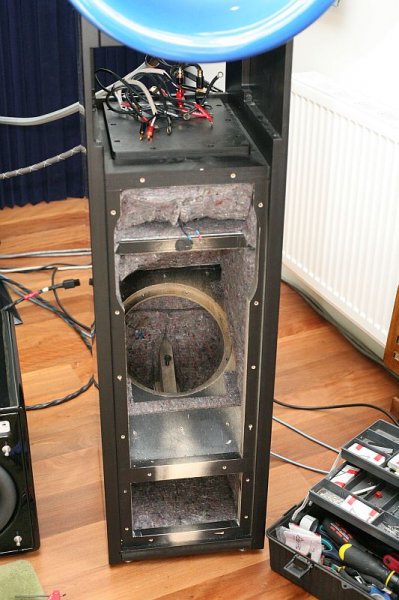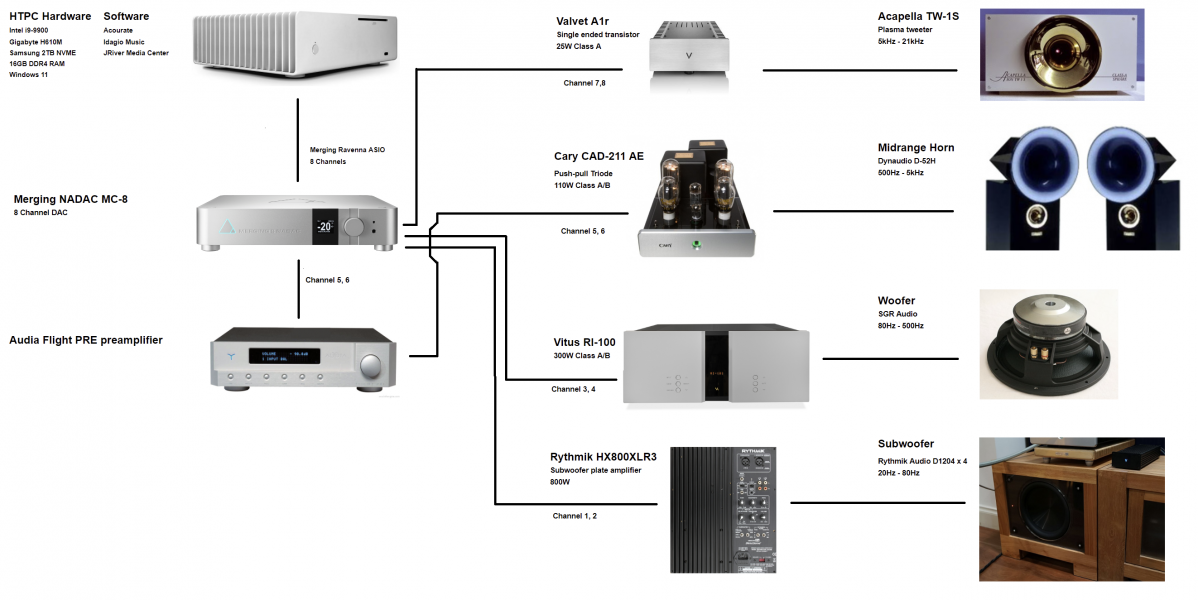Been a few years since my last update. Thanks Microstrip for reminding me that it exists, and that I should update it!
I am in the middle of switching over from an analog active crossover to a digital crossover. I took Blizzard's suggestion
in another thread and I am implementing a digital crossover based on Acourate generated filters. It is a little difficult to explain, so I will use some diagrams.
View attachment 28722
This was what the system looked like as of a couple of months ago. You can see that the system has been converted to active some time ago (i.e. all the passive crossovers in the speaker have been removed), with crossover functions taken over by a pair of active crossovers. The Marchand is an analog active crossover that splits signal to the main speakers, and the DEQX is a digital active crossover that sends signal to the subwoofers and also performs room correction and DSP. Each speaker driver has its own channel of amplification.
The main disadvantage of this system is the processing overhead introduced by the DEQX of about 30ms. This delays the subwoofers with respect to the main system by 30ms, meaning that bass transients arrive much later than the rest off the sound - causing bass to sound slow and disconnected.
I could of course run the whole system off the Marchand, but then I would lose DSP. If I ran the whole system through the DEQX, the awful analog to digital conversion on the DEQX would kill the midrange and top end. I could feed a digital signal into the DEQX, but that would only be 16 bit audio and the DAC's in the DEQX are only of so-so quality.
All this while I have believed in the potential of DSP as an avenue to solve my problems. This is why, when I read Blizzard's thread, I was glued to the screen. I could scarcely believe what I read.
It took me a year of reading and planning before I decided to make my move:
View attachment 28723
This is what the system will look like once I am finished. At the moment, I am only missing two pieces of the puzzle - the 8 channel Merging NADAC, and my new subwoofers. In its place, I am using an 8 channel RME Fireface DAC and I still have the JL sub.
As you can see, I have replaced the preamp, the Marchand, and the DEQX with two boxes - a PC (which I built myself) and the 8 channel DAC. All crossover functions and volume control have been moved to the digital domain, where I can do as much processing as I like and not lose anything in terms of quality. Once the signal has been converted to analog, what lies in the analog signal chain is far simpler than most audio systems - there is no preamp. There is no passive crossover network. There is therefore much less potential for signal degradation than most systems.
Furthermore, I will be able to download high resolution DSD files and play them back at their native rate without any loss whatsoever.
For those who are interested, this is the recipe for the PC:
- CPU: Intel Skylake i7-6700K
- Mobo: MSI B150i Gaming Pro AC Mini-ITX
- RAM: 16GB DDR3
- Storage: 1TB Samsung 850 Evo SSD
- PSU: Uptone Audio JS-2
- Cards: RME HDSPe AES 32 channel I/O sound card
- Still to come: JCAT SATA cables, SOtM CAT6 cables (yes, I might believe in measurements and might seem objectivist in my approach, but I can hear differences between cables so I will continue to buy them!)
- Also: RME Fireface UC microphone preamp and ADC/DAC, Dayton EMM-6 calibrated microphone.
But really, the heart of the system is in the software. I use:
-
Acourate. All Acourate does is take measurements and generate filters. These filters can be installed in third party playback programs (such as HQPlayer, JRiver, Foobar, and so on), which then perform a variety of functions. But ... these filters are very powerful. It is possible to linearize the frequency response each individual speaker driver, correct phase, generate crossovers, perform room correction, time align the drivers, apply ISO226 loudness curves, and so on.
-
HQPlayer. HQPlayer uses the filters generated by Acourate to play back audio files (these can be FLAC's located on the SSD or CD's). But the difference is - it is able to upsample the files up to DSD512, apply the filters, and output at this rate. The NADAC maxes out at DSD256, so I will "only" be able to use DSD256.
As mentioned, I have already implemented the active crossover. The preamp, Marchand, and DEQX are packed up in boxes waiting to be put on the secondhand market. What does it sound like?
Well, there are pros and cons. The main con is that the RME is nowhere near as good a DAC as the Playback Designs. Hopefully, the NADAC will be much better. But the sound has been improved in many ways - it is so much more coherent, imaging has improved, instrument separation and clarity has improved, and transients hit hard and with a bang.
From here onwards it will be waiting for my NADAC and my subs to arrive, and learning how to use some of the more advanced functions of Acourate. But the move does appear to be very promising.


